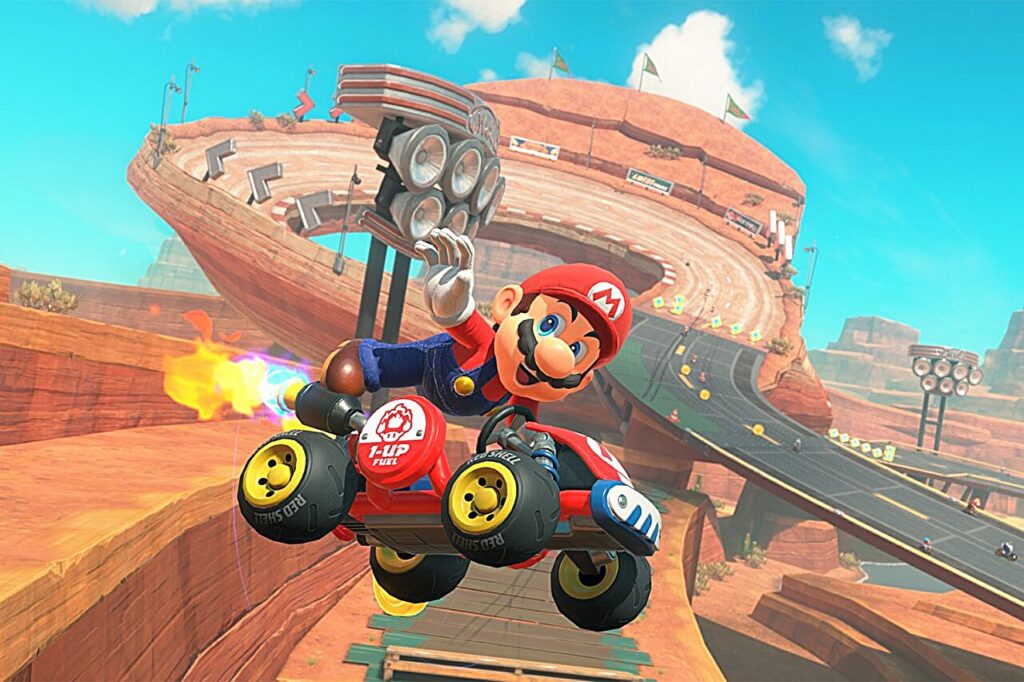
The launch of Nintendo’s Switch 2 this year was accompanied by the usual excitement surrounding a new gaming console. However, the $450 price tag—a significant $150 increase from its predecessor—left many gamers reeling. Compounding this financial strain, Nintendo priced some of its new games, such as Mario Kart World, at $80. This trend of escalating prices is not limited to Nintendo; similar hikes have been observed with PlayStation 5 and Xbox Series consoles, where the once-standard $60 game price is now reaching $70 and $80.
While tariffs imposed during the Trump administration have been cited as a factor in these increases, industry experts argue that the reasons are far more nuanced and specific to the gaming sector. According to Bob De Schutter, a game design professor at Northeastern University, the industry’s trajectory towards higher prices has been in motion for years.
Beyond Tariffs: The Real Drivers of Price Increases
Tariffs have undoubtedly contributed to the rising costs of gaming hardware, with companies like Sony and Microsoft acknowledging their impact. However, De Schutter emphasizes that the push for increasingly immersive and lifelike experiences in AAA titles has driven development costs skyward. “Games are trying to squeeze every last bit out of the development team to create novel experiences, which still drive sales,” he explains. This escalation in production budgets necessitates selling more copies or increasing in-game monetization to satisfy publishers and shareholders.
Moreover, the gaming boom witnessed during the COVID-19 pandemic has waned, leaving investors more cautious. “The expected growth during the pandemic didn’t materialize as anticipated,” De Schutter notes, adding to the financial pressures on the industry.
The Shift to Digital and Its Impact on Pricing
Another factor subtly influencing game pricing is the shift from physical to digital sales. Ryan Maloney, a game producer with experience at Epic Games and Blizzard Entertainment, highlights that digital sales have accustomed consumers to paying less for games. “While not inherently negative, this trend forces companies to find new ways to recoup their investments in blockbuster titles,” Maloney explains.
Live service games, such as Fortnite and Apex Legends, have been one solution, offering free-to-play experiences with in-game purchases. These games receive constant updates, encouraging prolonged player engagement. However, the recent failure of live service games like Concord indicates that this model may be losing its appeal.
Pricing Strategies in a Competitive Market
For developers of big-budget, immersive games like Nintendo’s Zelda series or Sony’s God of War, in-game monetization has become a controversial strategy. As a result, pricing adjustments have become a more palatable option. Most major releases have settled on a $70 price point, but Nintendo’s decision to price Mario Kart World at $80 signals a potential shift.
Microsoft’s initial plan to price The Outer Worlds 2 at $80, later reduced to $70, exemplifies the industry’s experimentation with pricing strategies. “We’re going to see a lot of variety in pricing as publishers gauge consumer reactions,” Maloney predicts.
“Nintendo, with its exclusive hardware, might succeed with higher prices, while industry giants like Grand Theft Auto 6 could push boundaries further, potentially reaching $100,” Maloney suggests.
Long-Term Challenges and Industry Adaptations
For De Schutter, these pricing hikes are temporary measures addressing a deeper issue: inflated budgets and expectations in the AAA space. He cites games like Clair Obscur as evidence that high visual fidelity doesn’t necessitate exorbitant budgets. “It’s just not sustainable,” De Schutter warns. “Developers may need to accept functional graphics that look fine without striving for extreme realism.”
As the gaming industry navigates these challenges, the future will likely involve a blend of pricing strategies and innovative approaches to game development. The balance between quality, cost, and consumer expectations will continue to shape the landscape of video games.






